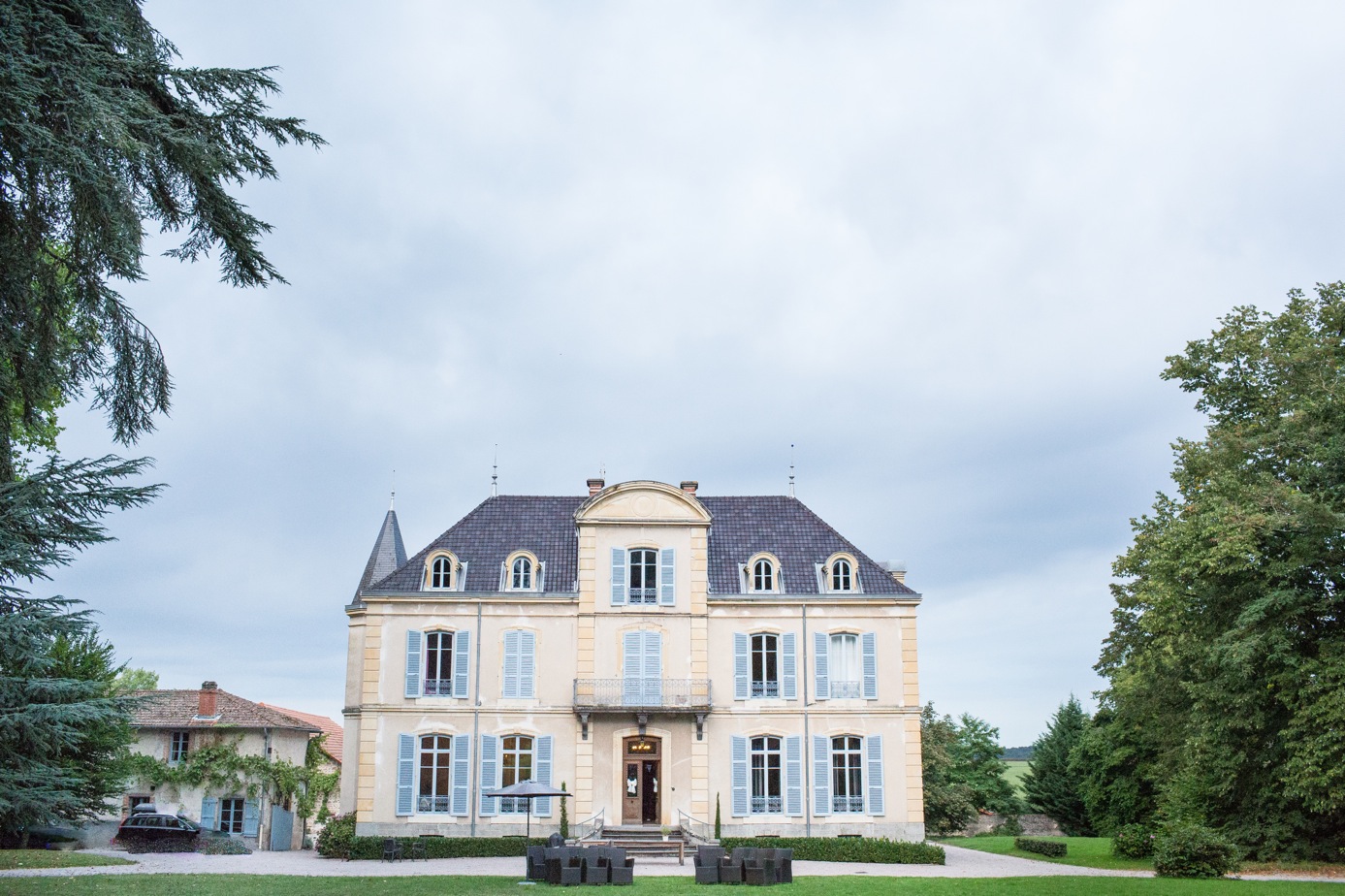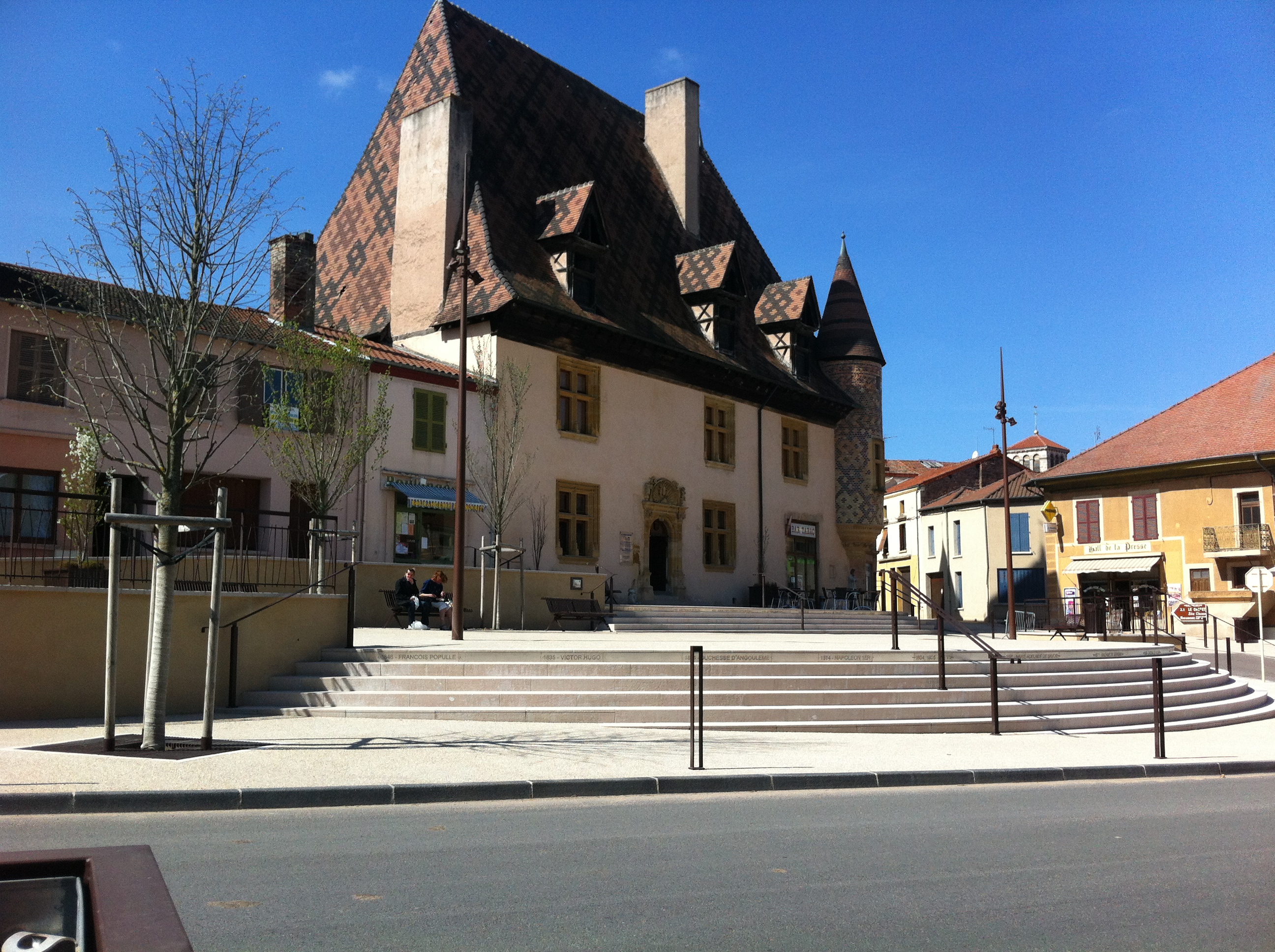Some history:
Francis I
Francis was born in Cognac. He was a son of Charles of Angoulême and Louise of Savoy and was a member of the Valois-Angoulême line of the house of Valois. In 1514 he married to Claude of France (Reine Claude), the eldest daughter of his predecessor Louis XII. When Francis I came to the throne, in 1515, he was on good terms with many humanists.
His predecessors, Charles VIII and Louis XII, spent much time on military campaigns in Italy and came across the development of the Renaissance. They were not keen on this new trend.
Renaissance
Francis is perceived as the first French monarch who was influenced by the Renaissance. At the beginning of his reign he ordered the construction of the well-known Chambord Castle, and consulted Leonardo da Vinci as for its design. Among others, the double spiral staircase is an invention of da Vinci, an idea that King Francis realised in most of the castles he had built. He also started the construction of the Louvre in Paris. He became the king of the big buildings works.
During his reign, the cultural development of France accelerated. One can not say that Francis got a humanistic education, for which too few of his teachers were influenced by the new ideas. But his education did show some humanistic aspects. During his reign, the French central state grew in many areas. Like his predecessors, he stuck to a policy of strengthening its internal empire. He was able to bring the Auvergne under the central authority. In the field of education and science he initiated what would later become the ‘Collège de France’. So he acted as patron of artists and scientists, with Leonardo da Vinci being the most famous of them.
Francis I also encouraged the translation of classical works into the French language, among others by Guillaume Bude (1467-1540), at whose suggestion the study of Greek, Latin and Hebrew was promoted.
Outside France, he immediately impressed by winning the Battle of Marignano (the gates of Milan) in 1515 and thus acquiring control of Lombardy.
In 1521 tensions returned between France and the Habsburgs for dominance in northern Italy. In 1525. Francis I lost the Battle of Pavia against Charles V, who in the meantime had become emperor of the Holy Roman Empire and – in theory – was the ruler of Northern Italy. Due to this defeat he was forced to give up his claims on Northern Italy.


